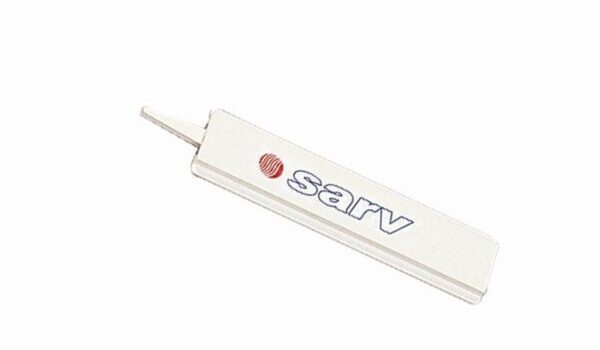Assessing the tread depth to ensure it is at the standard minimum depth,by providing the tyre pressure is within the manufacturer’s specifications,
Examining the state of everything.
Use a reliable and precise tyre pressure gauge to check tyres once a month and before any long trip. Tyre pressure should always be checked when they are “cool.” If tyres have been moved for less than two miles at slower speeds or idle for at least two hours, they are cold.
While inspecting the tread depth and tyre pressure, look for any cuts or bulges that should be evaluated by a specialist if identified. A bulging in a wheel indicates internal structural problems, necessitating a replacement. If you discover any wounds that are deep enough to expose the tire’s internal structure, the tyre also has to be changed.
The significance of measuring car tyre tread depth
Checking the readings at least once per month and before long trips are crucial because if tyre tread depth falls under 3mm, the ability to grasp the road is lost and stopping distances substantially increase.Travelling with worn tyres poses a severe risk to one’s safety and can also be expensive.If a tyre falls below the permissible limit, you risk receiving a fine and three licence points for each offending tyre.
It is advised to change the tyres before the 1.6mm restriction is reached to increase the vehicle’s safety. Many automakers recommend changing the tyres whenever they come 3mm.The current rule mandates that the tread be a minimum of 1mm throughout the central three-quarters of the wheel and around its whole circumference for any vehicle weighing more than 3.5 tonnes.
The minimum tread requirement for motorcycles with engines larger than 50cc is 1mm throughout three-quarters of the tread pattern’s width and a noticeable tread on the final quarter. Motorcycles under 50cc must display each groove from the original tyre design.
How to gauge the depth of a tire’s tread:
To determine the degree of your tread depth, you can visually inspect the grip wear indicators. These warning signs are little raised bumps at the base of your tyre’s grooves. You should get your tyres evaluated and replaced if the tread rubber surface is even with these elevated patches, indicating that the tread depth is getting close to the legal limit. Although uncomplicated, you are employing a wheel tread thickness gauge will result in a more precise measurement. The tread depth gauge’s measuring probe should be extended to the extent it will go.
Ensure the tyre wear indicators and any raised features of the tyre design are out of the way before inserting the inquiry into the wheel groove, on the base of the gauge, and pressing down.
Verify the measurement is more significant than 1.6mm. If you’re using an analogue gauge, a scale will display this. If it’s digital, a screen will show the reading.
Measurements must be made across the central three-quarters of the tyre’s width and around the entire circumference of the tyre.
On each tyre, repeat the procedure.
There are several quick and simple ways to determine a tyre’s tread depth, and using a penny, quarter, tire depth measure, or even an identifier built into your tyre’s tread can be helpful.
Tyre tread depth should be checked every 3,000 miles (5,000 km) or when it reaches 4/32 inches, according to a reputable tyre company. Replace tyres if the tread depth gauge shows 2/32 inches or less.
Tyre wear measurement with the penny test
Lincoln’s head should be facing you as you place the coin upside down into your tyre’s tread groove. It’s time to change tyres if you can see the entire head and your tire sidewall is much less than 2/32 inches.
Tyre wear measurement quarter test
The quarter test is another simple coin test for determining tread depth. A quarter should fit into the tread groove. You still have at minimum 4/32 of an inch of tread.
Take a look at the tyre tread wear indicator
Another way to check the tread on tyres is with the tyre tread wear indicator. Less than one inch (2/32 of an inch) from the bottom of the tire groove is where you may discover the tread wear indicator. The tyre must be replaced when the tread reaches this amount of wear.
Using a tyre depth gauge to measure
Use a tread depth gauge as a different approach to determine how much tread is still on your tyre. Some gauges feature an expanding section that looks like a needle and measures the tyre pressure.
Measurements must be made all around the tyre because tyres wear unevenly.
When using a gauge to measure the tread depth on a tyre, stretch the measuring probe as far as it can go. Ensure the tyre wear indicators and any raised tread design features are out of the way before inserting the probing into the tread groove.
Verify the measurement is more significant than 1.6mm.

